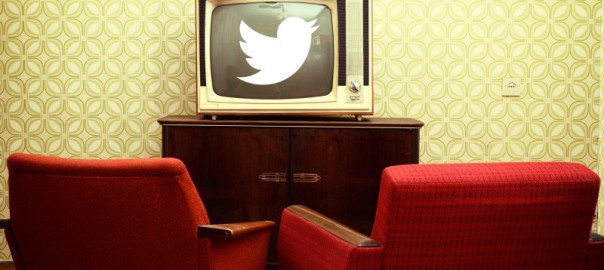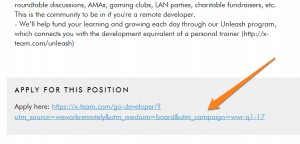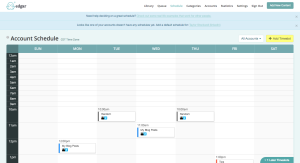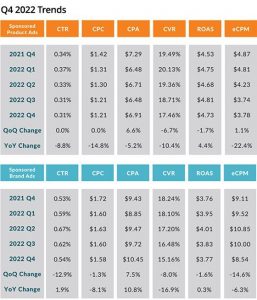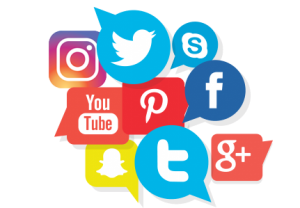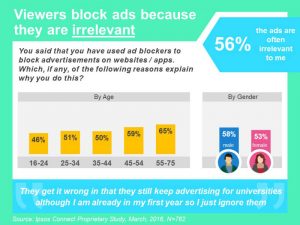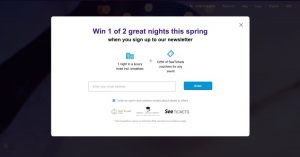Nielsen finds that Twitter activity during television shows highly correlates with neurological reactions of study participants.

Want to know which television shows are best at captivating their audiences? Take a look at Twitter.
That’s the conclusion of a Nielsen study released today that found TV-related conversation on Twitter is a “bellwether for general audience engagement.” In other words, what happens on TV Twitter is a good indication of how all viewers are reacting to a show.
The study, conducted by Nielsen’s Neuro division, hooked up 300 people to brain monitors and tracked their reactions during the viewing of eight primetime broadcast and cable shows. Nielsen Neuro, which commonly studies engagement with advertising, tracked participants’ emotion, memory and attention. When Nielsen compared Twitter TV activity during the shows with people’s brain activity, it found a 79.5% correlation.
“You can use the Twitter activity to predict the engagement of the show,” Avgusta Shestyuk, director of neuroscience at Nielsen Neuro, told the New York Times. “As the audiences are getting more engaged with the segment, the Twitter activity is getting more intense.”
The findings support Twitter’s contention that activity on the social network can be seen as a proxy for overall public sentiment. Nielsen, which is a partner with Twitter on Twitter TV ratings, also stands to benefit from a perception that social media data can help inform strategy to reach the overall audience.
Nielsen listed three major implications of the study:
- TV networks can view Twitter TV activity around a program’s live airing as a bellwether for understanding how engaged TV audiences are with programming (overall, and minute-by-minute as programs unfold).
- Agencies and advertisers can look to Twitter TV metrics as a part of the media planning and buying process to identify shows with engaged audiences and, by extension, opportunities to increase ad memorability and sales outcomes.
- With brain activity predicting social response, networks and content producers can use neurological testing separate of or as a complement to existing testing practices to optimize programming.
More from the Nielsen release:
While many industry studies have explored the relationship between social TV activity and audience tune-in and the relationship between second screen social behavior and viewer engagement, this research suggests another way for networks, agencies and advertisers to value TV-related conversation on Twitter: this time, not as a measure of social activity in and of itself, but rather as a bellwether for general audience engagement. This insight can be applied across the TV industry to more holistically understand audiences’ response to content and develop further practical insights in the areas of both social TV and consumer neuroscience.
Read more about the study in Nielsen’s release and the Twitter blog.
(Some images used under license from Shutterstock.com.)
Marketing Land – Internet Marketing News, Strategies & Tips
(303)
Report Post